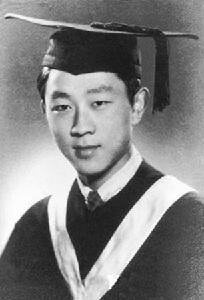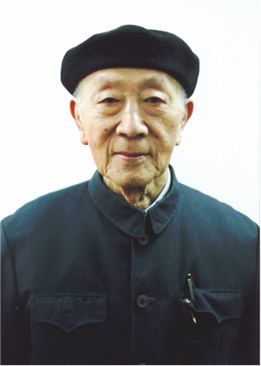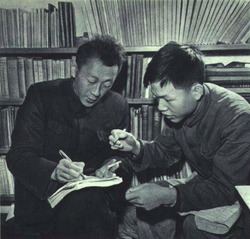Name Huang Kun | Role Physicist | |
 | ||
Books Dynamical Theory of Crystal Lattices, Quantitative Phenotyping Using Microscopic Images Education Yenching University, University of Bristol, University of Liverpool | ||
Physics Prof. Erio Tosatti talks about Prof. Huáng Kūn visiting ICTP in Trieste (1979)
Huang Kun (Chinese: 黄昆; pinyin: Huáng Kūn) (September 2, 1919 – July 6, 2005), born in Beijing, an academician of the Chinese Academy of Sciences, was a well-known physicist in the People's Republic of China. He was awarded the State Preeminent Science and Technology Award (The highest science award in China) by the President of the People's Republic of China Jiang Zemin in 2001.

Born in Beijing, China, in 1919, Huang graduated from the Beijing-based Yenching University as a promising physicist. In 1948, he received a PhD degree from the H. H. Wills Physics Lab of Bristol University in the United Kingdom and continued his postdoctoral studies at Liverpool University where he coauthored the book of Dynamical Theory of Crystal Lattices with Max Born between 1949 and 1951.

In 1951, Huang returned to China to teach, and became a professor of physics at Peking University. In 1955, he became one of the first batch of academicians of the Chinese Academy of Sciences (CAS). After his retirement in 1983, Huang remained active in the research of semiconductors and was selected as the chairman of the Chinese Society of Physics between 1987 and 1991. He used to be the director of the institute of semiconductors of CAS.
Huang made many founding contributions to the field of solid-state physics. His Dynamical Theory of Crystal Lattices, which was a result of his collaboration with Nobel laureate German physicist Max Born, has become a classic work of modern physics, according to the announcement of the condolence committee. The Born–Huang approximation is partially named after him.
